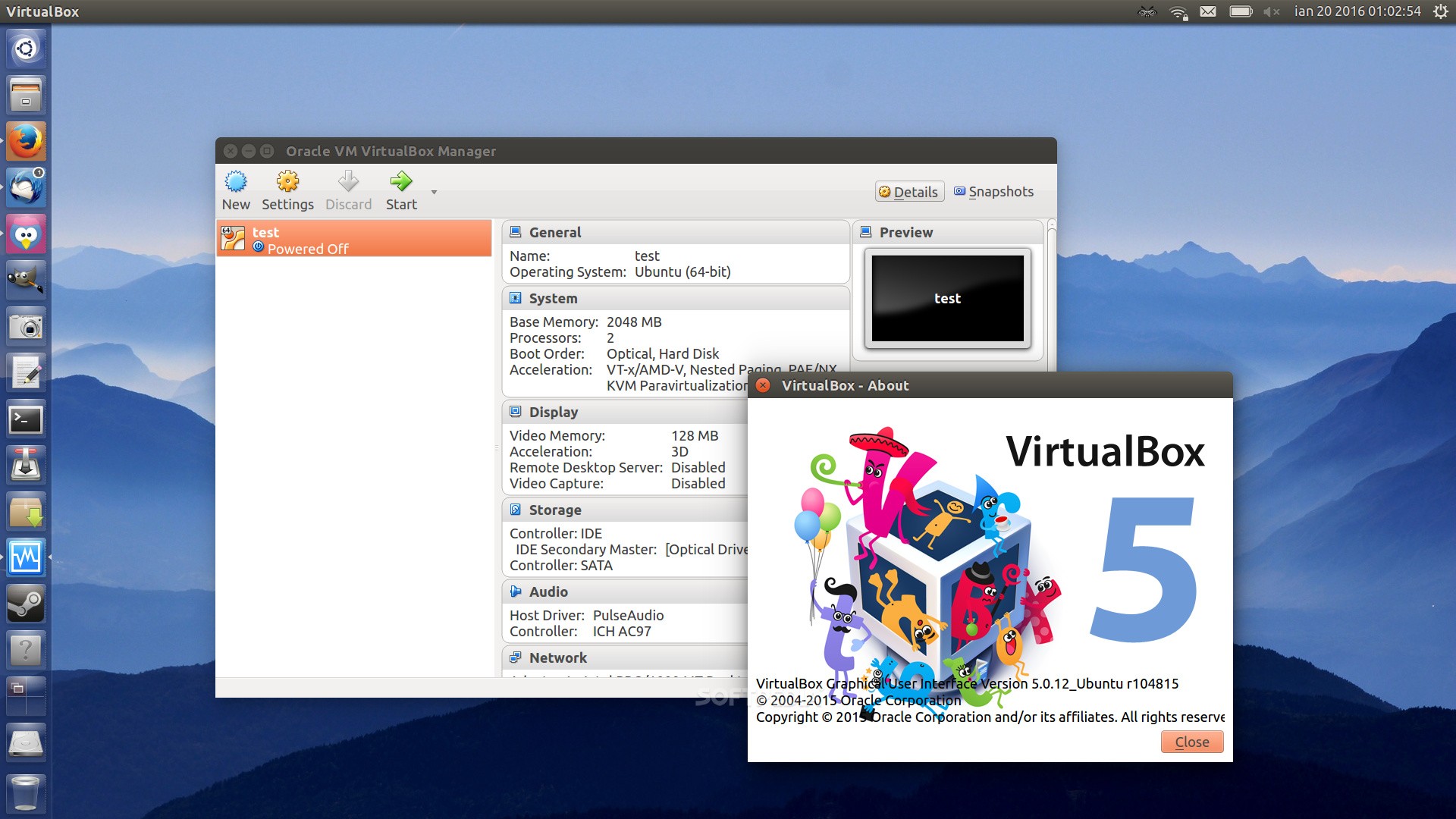- Oracle Gui Client Mac Os X
- Oracle Client Download
- Mysql Client For Mac Os X
- Install Oracle Client Mac Os X
- Oracle For Mac
Python - cx_Oracle - Mac OS X Sierra - Oracle drivers
RORWessels wrote: Is there an Oracle 11g R2 client for Mac OS X? If so, where is it?No, there is not - the last certified version on Mac was 10.2.0.4 on Leopard, which is only available on Oracle's Support site for customers with a paid support contract. Connecting to the database from OS X tools and clients uses the same forms of Oracle connect string as if the database was native on OS X. For example, using the 'Easy Connect' hostname/service_name form, I can simply use 'localhost' as if the database was on OS X. I am looking for a way to run the Oracle database client on a Mac running OS X. The server will be on a remote host. There used to be a Mac version of Oracle 10gR2 Client, but now I can't find it on Oracle's site, they only have the newer 11g Client which has not been ported to OS X.
Modern development life seems so easy. Just grab a few libraries or API's, run a few quick installs and everything works. Well in this case, everything didn't just work. Most of my frustration for this issue came from old documentation or just plain lack of documentation.- Oracle Instant Client on Mac OS X A while back I broke down to the peer pressure in the APEX community (you know who you are;-) and bought a Mac Book Air. I’m still learning the ropes and one thing that took some time to get working was the Oracle Instant Client.
- Run Toad for Oracle on Mac OS X Posted: December 22, 2011 in QUEST SOFTWARE. Oracle Instant Client Download the 32-bit Instant Client. You can use that shiny new Toad icon in your Mac OS X Launchpad or run it from CrossOver’s menu by clicking Programs > Quest Software > Toad for Oracle > Toad for Oracle 11.
So here is a quick dive into a recent attempt to get connected from Python to an Oracle database on my Mac Book pro running OS X Sierra.
I just want the solution ->
To start with, this is for those of you trying to do some Python development while accessing a Oracle database and using OS X as your development platform. This may be different than your destination platform (Linux, etc..).
Setup
Ok so let's get started, what do you need? Should be three simple things:Oracle Gui Client Mac Os X
- Python - a 'good' version is pre-installed on MAC, so that is what I started with
- Oracle driver - Oracle Instant Client for MAC on Oracle Technet (I'm using 12c)
- cx_Oracle - Python extension for using Oracle Database (I downloaded the source and built it local. You will need XCode installed to do this)
Wild goose chase
You will find postings that suggest you disable SIP, I personally don't think this is a good idea. With a lot of years of IT experience, its best to work with security, not around it.
Finding the answer
Ok, so here is the solution I found. I'm sure this is not the only solution, but it did work well for me.Make sure you have your Oracle instant client installed in a good location. I really don't think the exact location matters, use what works for you as long as you're consistent. I stuck with the Oracle directions and used $HOME/instantclient_12_1 for this case.
I then went back to the cx_Oracle source and did the build again with one minor change:
Ok so what did I just do? Well I updated the cx_Oracle.so header to include a new path to locate libraries during run time. You can read more about RPATH here. This could also be done at link time, but that is inside the setup.py process, and I didn't want to dig into that.
You should now have a working cx_Oracle driver, and you can use the Apple provided Python.
Further digging / background
With these changes, when the install is run, the Python egg is created. This second time it includes my so slightly modified library file. I can verify this in two ways, both using the otool command.First we can check the .so file that is created during the build process (run this while in the cx_Oracle source directory).
It should return something like this:
Oracle Client Download
Last updated on APRIL 18, 2019 Gmail client for mac mailtrack.
Applies to:
Content and Experience Cloud Service - Version 14.1.0.0.0 and laterContent and Experience Cloud Classic - Version 18.1.2 and later
Content and Experience Cloud - Version 18.2.5 and later
Information in this document applies to any platform.
Symptoms
After upgrading my Mac operating system to MacOS High Sierra, the CEC Sync app either crashes consistently or stopped syncing due to the following error:
Changes

Upgrade to Mac OS X 10.13 (High Sierra)
Gmail desktop client for mac. The developers fixed Google Drive and as a result, you can send huge files with the app. It works so don’t ask how! Gmail Shortcuts works: If you are familiar with Gmail shortcuts and use it in the browser often then you can continue using them with the app as well as Gmail shortcut works for the app as well.
Cause
To view full details, sign in with your My Oracle Support account. |
Don't have a My Oracle Support account? Click to get started! |
Mysql Client For Mac Os X
Install Oracle Client Mac Os X
| Symptoms |
| Changes |
| Cause |
| Solution |
| References |